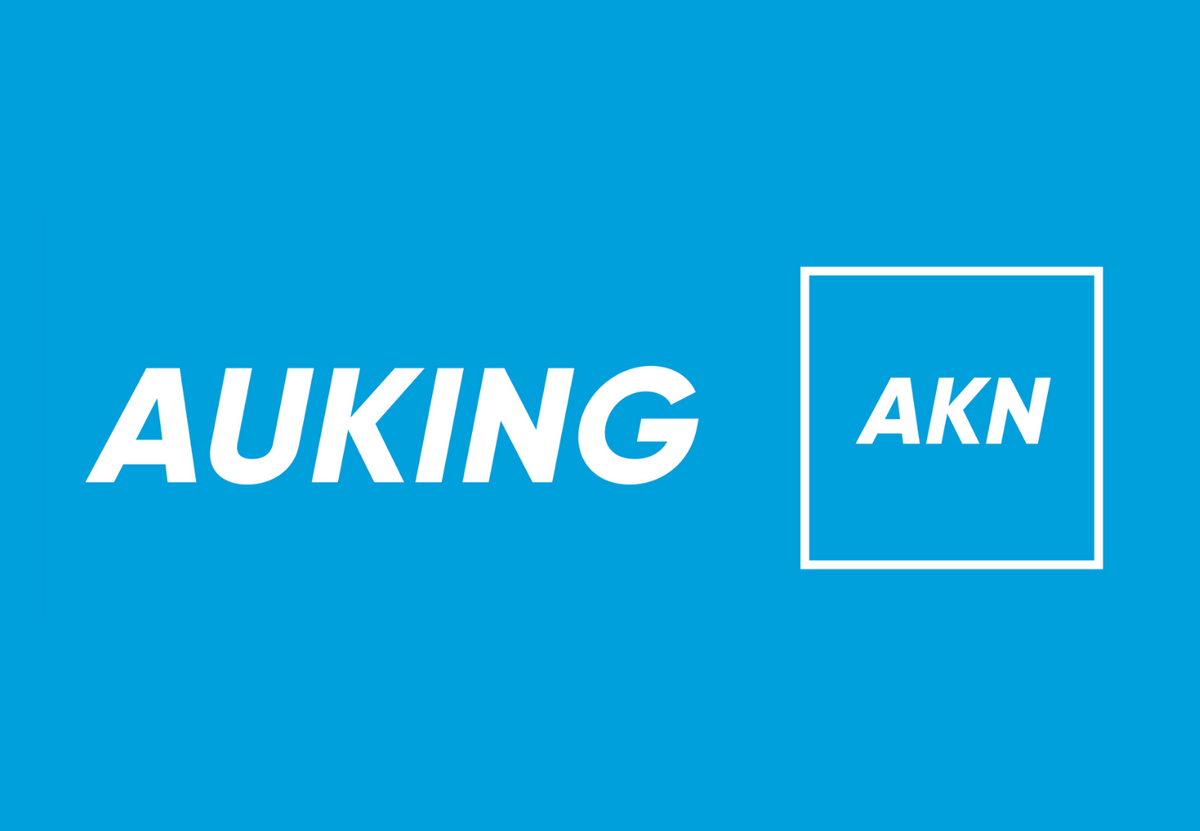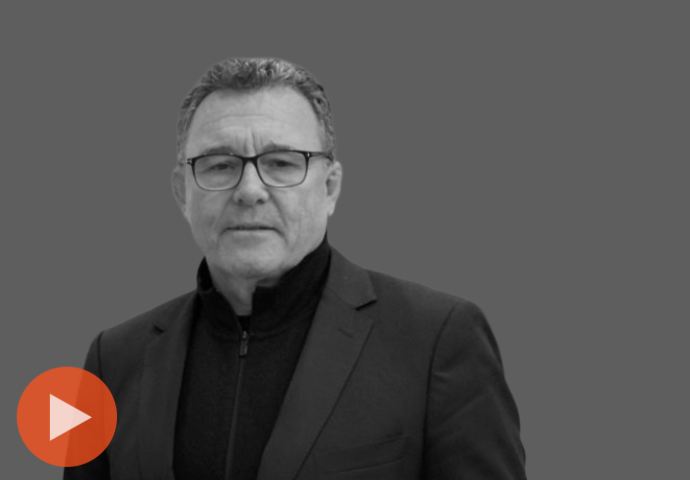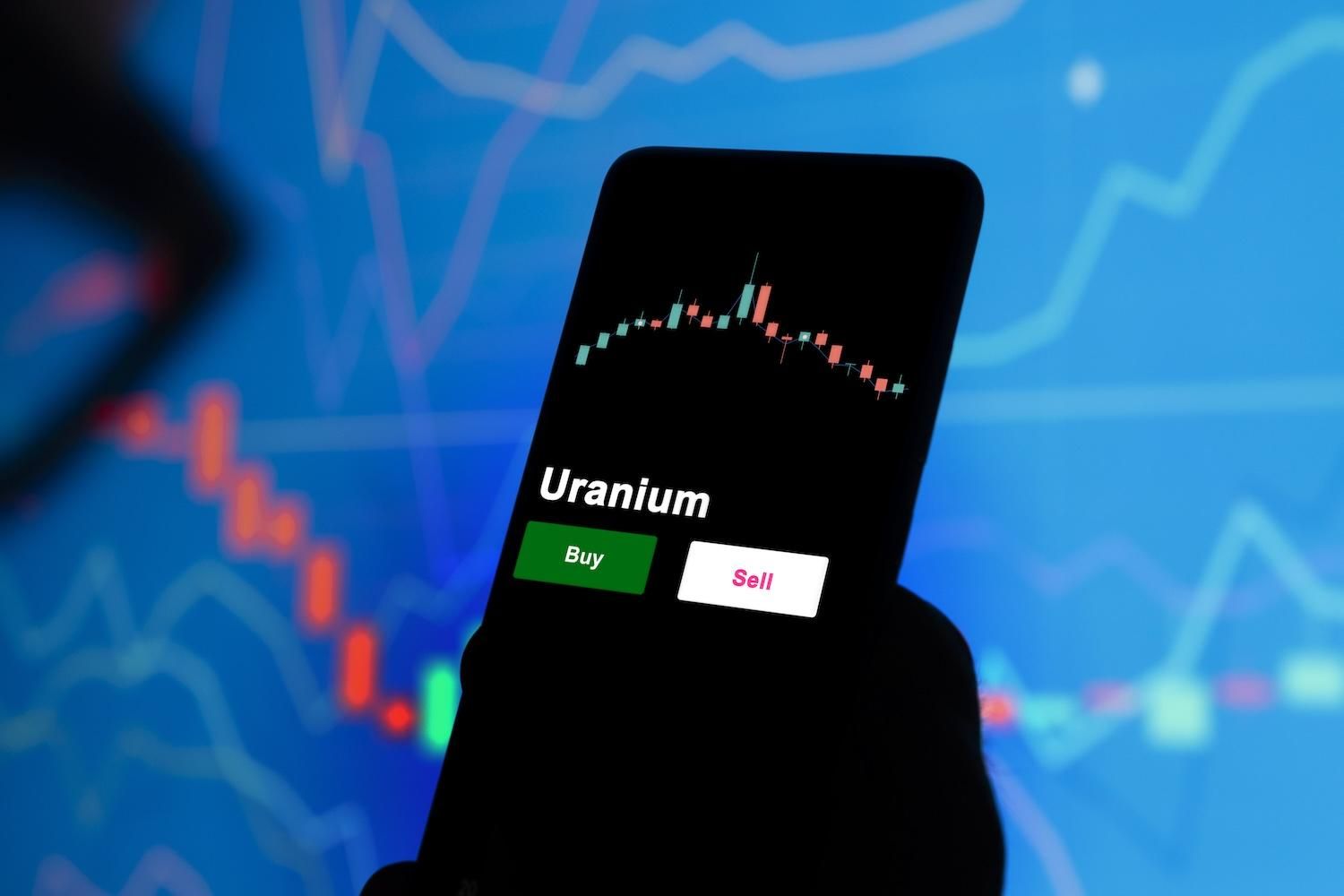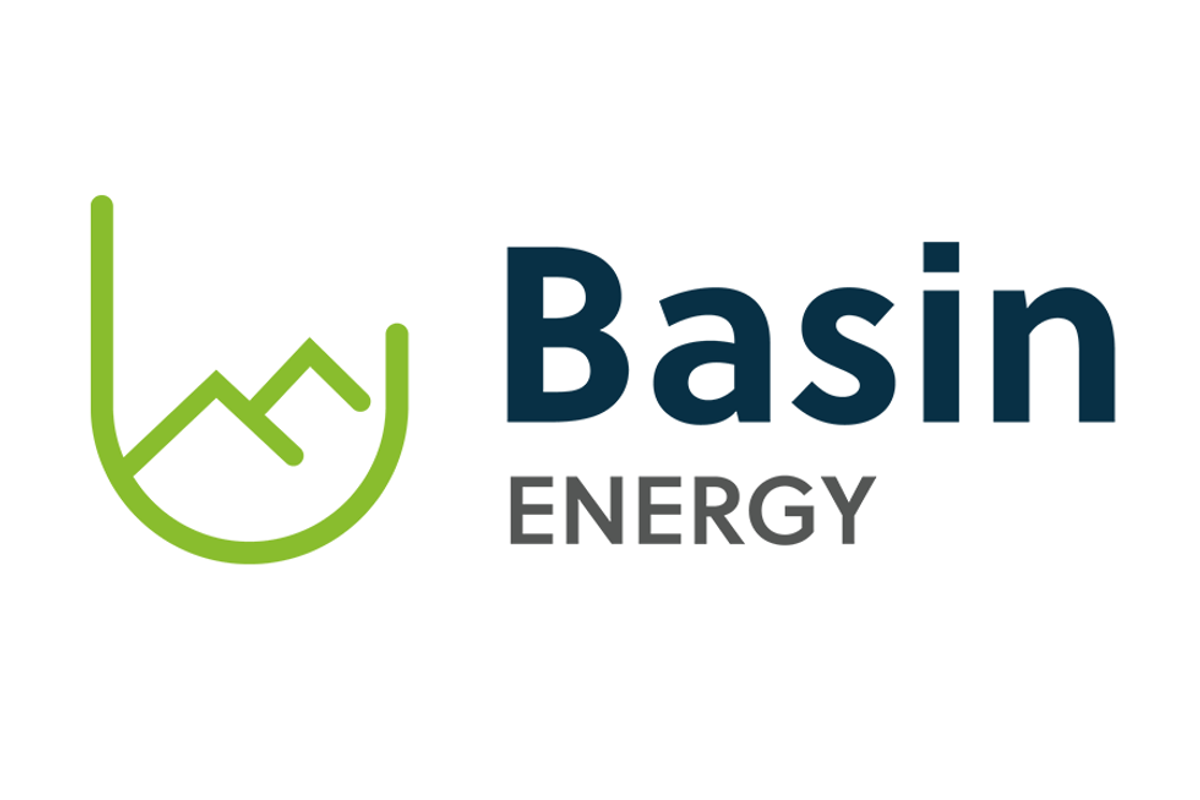
November 05, 2024
AuKing Mining Limited (ASX: AKN, AuKing) is pleased to advise that, together with local Saudi Arabian partner, Barg Alsaman Mining Company (BSMC), it has been successful in securing the “Shaib Marqan” exploration licence as part of the Saudi Ministry of Industry and Mineral Resources’ 6th Licensing Round bid process.
HIGHLIGHTS
The Saudi Ministry of Industry and Mineral Resources (Ministry) issued an Information Memorandum dated 5 August 2024 (IM) as part of the 6th Licensing Round bid process. The following highlighted information was included in the IM in relation to Shaib Marqan:
- The Project is considered highly prospective for orogenic vein-hosted gold mineralization and is significantly under-explored. The Al Amar gold mine is 100km to the north-west and produced nearly 30,000oz Au in 2022 (Ma’aden Gold).
- At least 22 ancient workings over quartz veins have been noted in the area, with 50 vein and wall-rock samples averaging ~ 5.8g/t Au, with a maximum of 40g/t Au.
- The quartz veins have lengths of up to 300m, with widths of up to 10m being reported.
Managing Director, Paul Williams commented: “AuKing is very pleased to have secured the Shaib Marqan exploration licence with its local partner BSMC. We understand that this 6th Bidding Round has been the subject of significant interest from companies around the world and it is an honour to be recognized by the Ministry with this successful bid. Shaib Marqan is situated in a highly mineralized area within the famous Arabian-Nubian Shield geological region and is situated within close proximity to various established deposits.
Systematic exploration across the licence area could lead to the rapid identification of a significant mineral deposit within the Ar Rayn Terrane”, he said.
We will now commence work with both the Ministry and our local Saudi partner, BSMC, to seek to finalise the grant of the formal Shaib Marqan exploration licence over the next several weeks”, Mr Williams said.
Saudi Arabia’s Mining Sector Expansion
Saudi Arabia’s Vision 2030 reform agenda has elevated the mining sector’s role in the Saudi economy, positioning it as a third key economic pillar as part of the National Industrial Development and Logistics Program. The Kingdom’s focus on mining is driven by a desire to diversify the economy and increase non-oil revenue as it weans itself off oil dependence.
Furthermore, minerals are key inputs in many industries essential to Vision 2030 objectives, such as achieving a green transition, digitizing the economy, becoming a global hub for technology and connectivity, producing nuclear energy, and localizing military procurement.
The new mining law that came into effect in 2021 targets the exploitation of the Kingdom’s mineral resources and the development of its mineral-based manufacturing industry, all of which are aimed at reducing imports to the Kingdom by circa $10Billion and generate more than 200,000 jobs by 2030.
Shaib Marqan Gold Project
Shaib Marqan is situated in central Saudi Arabia and covers an area of 91.8km2. The project area is around 240km south-west of Riyadh and is part of the Ar Rayn Terrane along the eastern margin of the Arabian-Nubian Shield (ANS). Despite being smaller than other terranes within the ANS, the Ar Rayn Terrane is known for hosting multiple mineral systems and mineral commodities, including volcanogenic massive sulfide (VMS)-hosted copper and zinc, epithermal and orogenic gold, and iron oxide copper/gold (IOCG) deposits.
Ancient workings have been documented throughout the Al Amar Belt, concentrating mainly on quartz veins with disseminated pyrite. The area was first mapped in 1956, with intermittent exploration occurring between 1970 and 1994.
The Ar Rayn Terrane in general has been the focus of exploration activities since the 1950’s. Notably, the Al Amar Au-Ag-Zn-Cu deposit, the Khnaiguiyah Zn-Cu-iron-manganese deposit and the Jabal Idsas magnetite prospect are all hosted within the Ar Rayn Terrane. The Al Amar Mine is located 100km northwest of Shaib Marqan project area and produced 27,443 ounces Au in 2022 (Ma’aden, 2022).
Previous exploration within the Ar Rayn Terrane includes mapping, regional geophysical surveying, and geochemical sampling of a single mineral occurrence within the KSA’s Mineral Occurrence Documentation System (MODS). Shaib Marqan stands out as a relatively under-explored area of the Ar Rayn Terrane in close proximity to several established deposits. Based upon the previous exploration work in the region, further systematic exploration activities could lead to the rapid generation of new precious and base metals targets.
Click here for the full ASX Release
This article includes content from Auking Mining, licensed for the purpose of publishing on Investing News Australia. This article does not constitute financial product advice. It is your responsibility to perform proper due diligence before acting upon any information provided here. Please refer to our full disclaimer here.
AKN:AU

Sign up to get your FREE
AuKing Mining Investor Kit
and hear about exciting investment opportunities.
- Corporate info
- Insights
- Growth strategies
- Upcoming projects
GET YOUR FREE INVESTOR KIT
The Conversation (0)
27 August
AuKing Mining
Advancing the Cloncurry Gold Project in North Queensland with large-scale exploration and near term gold production , while holding interests in copper, uranium and critical metals assets in other regions.
Advancing the Cloncurry Gold Project in North Queensland with large-scale exploration and near term gold production , while holding interests in copper, uranium and critical metals assets in other regions. Keep Reading...
24 November
Completion of $400k Working Capital Placement
AuKing Mining Limited (ASX: AKN, AuKing) is pleased to confirm that it has successfully received commitments from sophisticated investors and clients of GBA Capital to raise A$400,000 through a share placement. These funds will be utilised for working capital purposes as the Company continues to... Keep Reading...
06 November
Cloncurry Gold Project Sale/Orion Merger Transaction Update
AuKing Mining (AKN:AU) has announced Cloncurry Gold Project Sale/Orion Merger Transaction UpdateDownload the PDF here. Keep Reading...
03 November
Trading Halt
AuKing Mining (AKN:AU) has announced Trading HaltDownload the PDF here. Keep Reading...
21 October
Survey results for Myoff Creek Niobium/Rare Earths Project
AuKing Mining (AKN:AU) has announced Survey results for Myoff Creek Niobium/Rare Earths ProjectDownload the PDF here. Keep Reading...
20 October
Cloncurry Gold Project Acquisition To Close In November
AuKing Mining (AKN:AU) has announced Cloncurry Gold Project Acquisition To Close In NovemberDownload the PDF here. Keep Reading...
6h
American Uranium Eyes Resource, Scoping Study Update in 2026
American Uranium (ASX:AMU) is advancing drilling at its Lo Herma project in Wyoming, with work continuing into the winter season, according to Executive Director Bruce Lane in an interview with the Investing News Network. The company is currently awaiting results from recent hydrogeological... Keep Reading...
04 December
China’s Sole Uranium Miner Soars in Market Debut
China National Uranium (SZSE:001280) more than tripled in value during its first day of trading in Shenzhen, raising about 4 billion yuan (US$570 million) in its Wednesday (December 3) debut.According to an exchange filing cited by Bloomberg, the state-backed miner priced 248 million shares at... Keep Reading...
02 December
Niger Moves to Sell Uranium from Orano's Seized SOMAÏR Mine
Niger’s military government announced on Sunday (November 30) that it intends to put uranium produced by the SOMAÏR mine on the international market.General Abdourahamane Tiani, head of the junta, told state television that “Niger's legitimate right to dispose of its natural riches to sell them... Keep Reading...
30 November
Expands REE and Uranium Footprint at Sybella-Barkly
Basin Energy (BSN:AU) has announced Expands REE and uranium footprint at Sybella-BarklyDownload the PDF here. Keep Reading...
28 November
Orano Condemns Illegal Uranium Transfer from Niger Mine
Orano said it “strongly condemns” the removal of uranium from the SOMAÏR mine in Northern Niger.The French firm called the transfer illegal and a direct breach of the International Center for Settlement of Investment Disputes’ (ICSID) September ruling, which prohibits the material's sale or... Keep Reading...
25 November
Canada, India Close to Resuming Uranium Trade After Diplomatic Freeze
Canada and India are preparing to unveil a multibillion-dollar uranium export agreement, marking the strongest sign yet that the two countries are rebuilding ties after a diplomatic freeze. Two people familiar with the negotiations revealed that the deal, valued at roughly US$2.8 billion, would... Keep Reading...
Latest News

Sign up to get your FREE
AuKing Mining Investor Kit
and hear about exciting investment opportunities.
- Corporate info
- Insights
- Growth strategies
- Upcoming projects
GET YOUR FREE INVESTOR KIT
Latest Press Releases
Related News
TOP STOCKS
American Battery4.030.24
Aion Therapeutic0.10-0.01
Cybin Corp2.140.00






